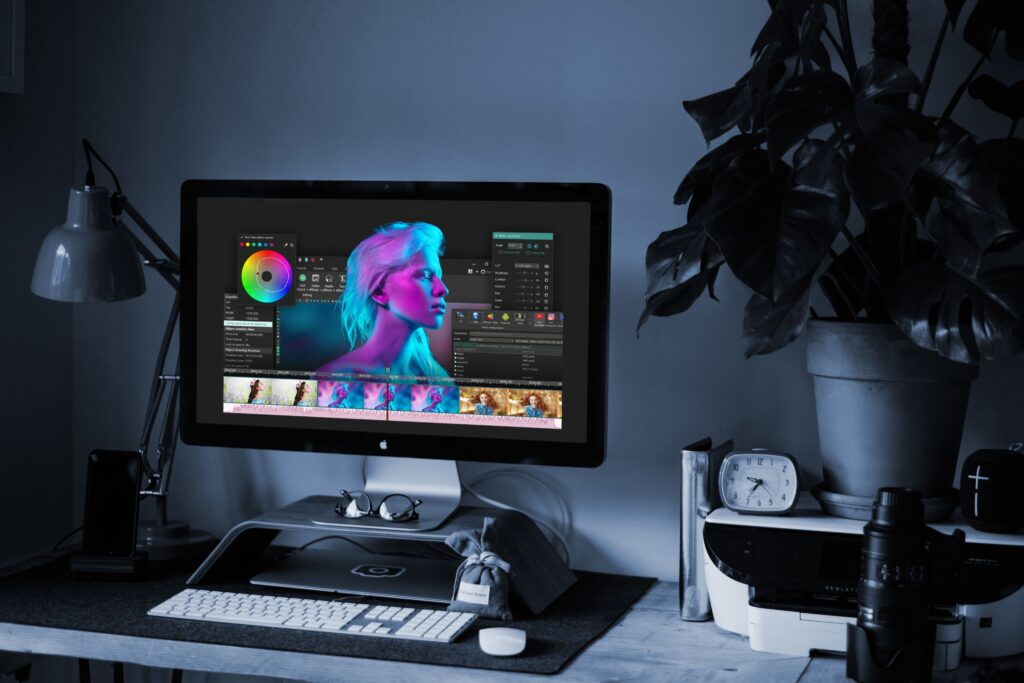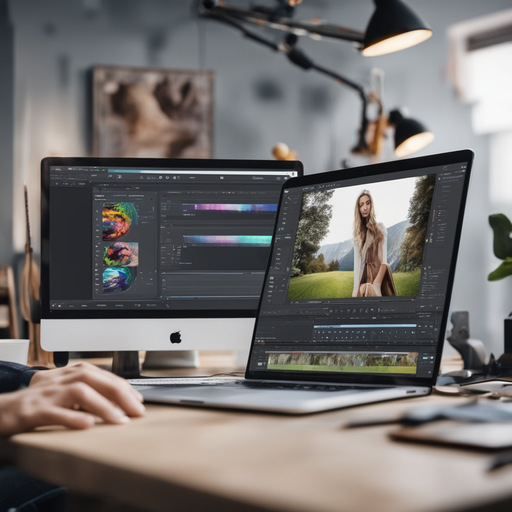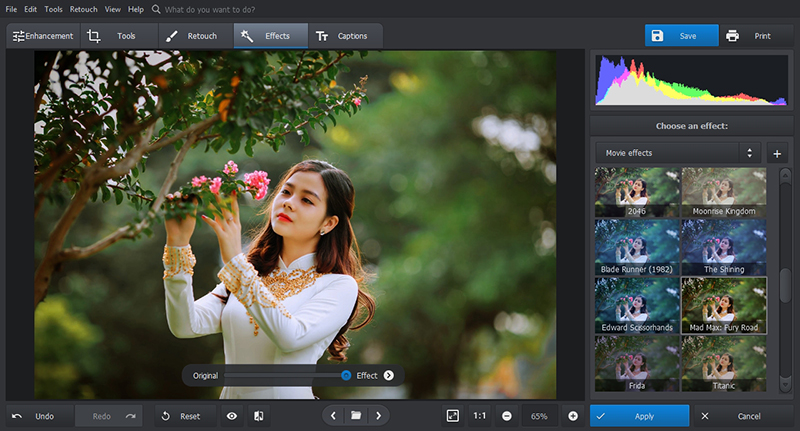
In today’s interconnected world, the demand for video content spans borders, and as a result, video editing has become an essential skill for creators, businesses, and marketers aiming to engage global audiences. Whether you’re producing promotional material, educational content, or entertainment, understanding how to effectively edit videos for international viewers is crucial. Here, we explore key strategies for successful video editing tailored for a global audience.
1. Localization of Content
The most important aspect of video editing for an international audience is localization. Localization goes beyond just translating text and subtitles; it involves adapting the content to resonate with the cultural and linguistic norms of different regions. Here are some essential elements to consider:
- Language Subtitles and Dubbing: Ensure that subtitles are accurate and localized. Many viewers prefer watching videos in their native language, so offering multiple language options can widen your reach. Dubbing can also be a great alternative, though it requires syncing the voiceover perfectly with the video’s audio and visual elements.
- Cultural Sensitivity: Different cultures may interpret colors, symbols, and gestures differently. A gesture or color that is positive in one culture may be offensive in another. It’s crucial to be mindful of these differences when editing videos to avoid unintended negative reactions.
- Region-Specific References: Avoid using region-specific idioms, humor, or references that may not be universally understood. Instead, focus on universal themes or provide explanations that international audiences can appreciate.
2. Optimizing for International Platforms
Video editing for a global audience also requires optimizing content for various international platforms. Different regions have different popular social media and video platforms, and video specifications may vary. Here’s how to edit content for these platforms:
- Aspect Ratios and Resolutions: The preferred aspect ratio for YouTube, Instagram, TikTok, and Facebook may differ. YouTube supports 16:9, while TikTok requires vertical videos (9:16). Ensure that you crop and scale the video appropriately for each platform. Additionally, high-resolution videos (at least 1080p) should be prioritized to maintain quality across devices.
- Format for Mobile: With an increasing number of users watching videos on mobile devices, your video should be optimized for smaller screens. This involves careful placement of text, ensuring visibility without overcrowding, and avoiding elements that may get cut off in portrait mode.
- Time Zones and Scheduling: International viewers may watch videos at different times based on their time zone. Consider scheduling the release of your video on platforms like YouTube, Instagram, or Facebook to maximize views during peak times in different regions.
3. Engagement Through Music and Sound Effects
Music and sound effects play a key role in video engagement. However, certain types of music and sound may have different cultural significance, and they can influence how the video is perceived by various international audiences.
- Universal Appeal: While music can elevate content, ensure that the music you choose has universal appeal or is appropriate for the target audience’s culture. Avoid music that could unintentionally offend or alienate viewers.
- Legal Considerations: Different countries have different rules regarding music licensing. Be sure to use royalty-free music or obtain the appropriate licenses to avoid copyright issues in multiple countries.
- Sound Clarity: Clear audio is critical for all audiences. Make sure the dialogue is easily audible, background noise is minimized, and that any sound effects or music do not overwhelm the primary message of the video.
4. Aspect of Global Storytelling
International video content must convey a compelling story that resonates across various demographics. Video editing can help highlight the core message and tone while ensuring it is accessible to people from diverse backgrounds.
- Universal Themes: When editing, focus on universal themes that transcend language and cultural barriers. Concepts like family, friendship, love, and struggle tend to be relatable to people worldwide. Avoid overly specific regional references unless they are part of a targeted campaign.
- Pacing and Transitions: Video pacing plays a significant role in storytelling. A video that feels too slow may lose the attention of younger, fast-paced audiences, while a too-quick video might leave older viewers confused. Make sure that the transitions between scenes are smooth and the pacing aligns with the preferences of your international target audience.
5. Content Accessibility
Accessibility is an essential part of video editing, especially when reaching international audiences. This involves making sure that your videos are easily accessible to people with various needs.
- Closed Captions: Adding closed captions ensures that those who are deaf or hard of hearing, as well as those who speak different languages, can follow the content. It also helps in environments where viewers may not be able to listen to audio, such as in public spaces.
- Visual Accessibility: Consider using larger text, high-contrast colors, and legible fonts that are easy to read, regardless of where your audience is viewing the video. Keep in mind that viewers with visual impairments may have specific needs that should be addressed.
6. Quality Control for International Distribution
Before distributing your video globally, it’s important to run thorough quality control checks. This includes:
- Final Review: Make sure that all text is correctly localized, and that there are no grammatical or translation errors. Check for any cultural missteps, such as inappropriate imagery or messaging that could be misinterpreted by international viewers.
- Test Across Devices: Test the video on various devices and screen sizes, as international audiences may use different devices ranging from mobile phones to smart TVs. Ensure that the video maintains its quality and usability across all devices.
- Technical Aspects: Ensure the video is properly encoded for international streaming. Videos should be compatible with a range of video players, ensuring smooth playback in different regions with varying internet speeds.
Conclusion
Editing videos for an international audience is a nuanced process that requires a blend of cultural sensitivity, technical skills, and a deep understanding of global preferences. By localizing content, optimizing for multiple platforms, and focusing on universal themes and accessibility, you can craft engaging videos that appeal to audiences worldwide. As the digital landscape continues to evolve, video editors must stay flexible and creative to deliver content that resonates with diverse global viewers, driving engagement and building connections that transcend borders.



